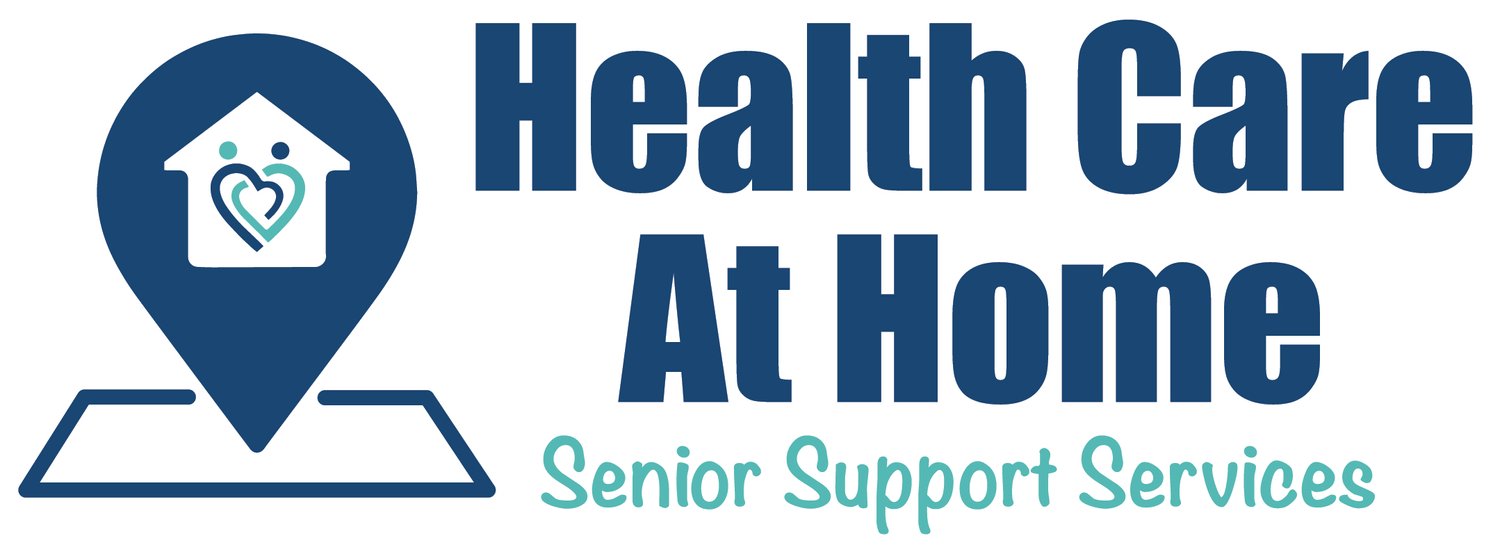When extreme cold temperatures hit, staying safe and warm becomes a top priority, especially for elderly individuals who are more vulnerable to the dangers of cold weather. At Health Care At Home, we understand the importance of keeping our clients safe and comfortable during harsh winter conditions. Here are some essential tips for ensuring safety and warmth during extreme cold spells.
1. Maintain a Safe and Warm Home Environment
Keep the Home Warm:
Set the thermostat to at least 68°F (20°C) to ensure a safe indoor temperature.
Close off unused rooms to focus heat in living areas.
Use weather stripping or draft stoppers to block cold air from entering through doors and windows.
Use Heat Sources Safely:
Space heaters should be placed on a flat, non-flammable surface, at least three feet away from curtains, furniture, or other combustible items.
Never leave a space heater unattended or running while sleeping.
Avoid using ovens or stoves to heat the home, as this can be dangerous and lead to carbon monoxide poisoning.
Ensure fireplaces and wood stoves are properly vented and maintained.
Check for Carbon Monoxide Risks:
Install carbon monoxide detectors in the home and test them regularly.
Avoid using generators or outdoor grills indoors.
2. Dress for Warmth
Encourage elderly individuals to dress in layers, even indoors. Thermal undergarments, sweaters, and socks can help retain body heat. If sitting for extended periods, blankets can provide extra warmth.
3. Monitor Health and Hydration
Cold weather can increase the risk of hypothermia and frostbite. Watch for signs such as shivering, confusion, or pale skin.
Encourage regular hydration, as dry winter air can lead to dehydration.
Provide warm meals and beverages to help maintain body temperature.
4. Prevent Falls and Accidents
Keep walkways and driveways clear of snow and ice. Use salt or sand to reduce slippery surfaces.
Ensure proper lighting around entryways and paths.
Encourage the use of non-slip shoes or boots with good traction.
5. Emergency Preparedness
Have a backup plan for power outages, including extra blankets, flashlights, and a fully charged phone.
Keep an emergency kit stocked with food, water, medications, and other essentials.
Check in regularly with elderly loved ones or clients to ensure they are safe and have what they need.
6. The Role of Caregivers
Caregivers play a critical role in ensuring the safety and well-being of elderly individuals during extreme cold. Here are some additional tips for caregivers:
Check heating systems and ensure they are functioning properly.
Assist with blocking drafts and layering clothing.
Educate clients on safe heating practices.
Monitor for signs of hypothermia or other health concerns.
Provide companionship to reduce feelings of isolation during cold weather.
Extreme cold temperatures can pose serious risks to the elderly, but with proper precautions, those risks can be minimized. By maintaining a warm and safe home environment, monitoring health, and ensuring proper use of heating sources, caregivers can help their clients weather the winter safely. At Health Care At Home, we are committed to supporting caregivers and clients with resources and guidance to stay safe and comfortable, no matter the weather.
